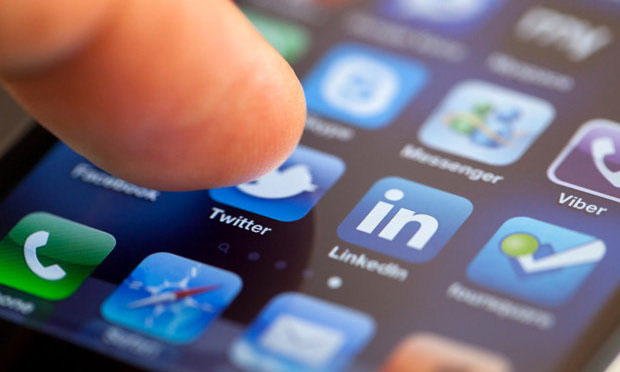The content of “tweets,” the concise nuggets of information that make up a Twitter feed, can include breaking news from the Middle East, information on the latest Pew Study — or what your friend ate for breakfast. Studies have assessed the value of a tweet based on its number of retweets or whether it prompted users to unfollow an account; however, these studies could not capture a reader’s level of interest in the tweets themselves.
Research from Carnegie Mellon University, MIT, the University of Southampton (U.K.) and the Georgia Institute of Technology presented at the 2012 Computer Supported Cooperative Work conference, “Who Gives a Tweet? Evaluating Microblog Content Value” (PDF), focused on user impressions of tweet content. The researchers captured more than 43,000 tweet ratings from 1,443 users between December 2010 and January 2011 and organized them into broad content categories: Question to Followers, Information Sharing, Self-Promotion, Random Thought, Opinion/Complaint, Me Now, Conversation or Presence Maintenance.
Key study findings include:
- Only 36% of the rated tweets were considered worth reading; raters considered 25% of tweets not worth reading and were neutral about the remaining 39%. “Given that users actively choose to follow these accounts, it is striking that so few of the tweets are actively liked.”
- The most-liked categories of Twitter content were Questions to Followers, Information Sharing and Self-Promotion. “Tweets [considered] worth reading were often informative (48%) or funny (24%).” While the average user thought 41% of his rated tweets were “worth reading,” the quality of tweets varied significantly.
- The least popular content categories were Presence Maintenance (brief, salutary postings), Conversation and Me Now (the tweeter’s current status). While Me Now tweets had a 25% chance of being considered worth reading, Presence Maintenance were the most disliked type of tweet content and were three times as likely as Questions to Followers to be rated as “contentless,” “boring” or “useless.” The researchers also noted users’ universal dislike of location check-in tweets from services such as Foursquare.
- Users struggled with basic Twitter semantics; they disliked “@” mentions in the body of a tweet when a direct reply may have also worked and criticized multiple hashtags that obscured content.
The authors concluded with a list of “best practices” for Twitter content: “[Posters should] embed more context in tweets (and be less cryptic); add extra commentary, especially if retweeting a common news source; don’t overuse hashtags and use direct messages (DMs) rather than @mentions if more appropriate; happy sentiments are valued and ‘whining’ is disliked, and questions should use a unique hashtag so followers can keep track of the conversation.”
Tags: technology, Twitter


Expert Commentary